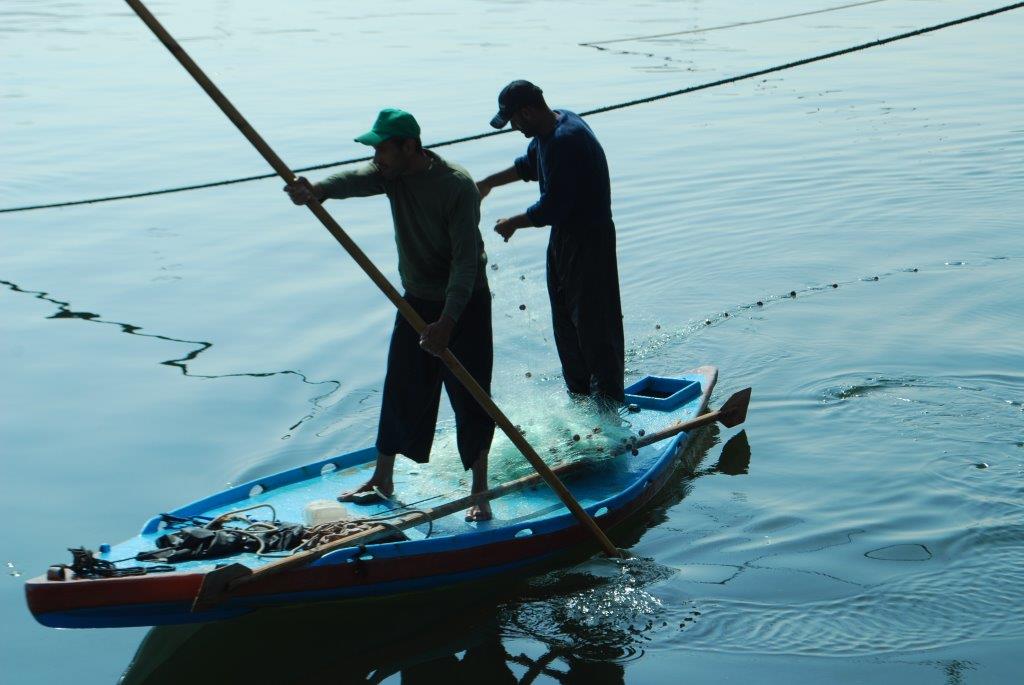Tag: Live Ammunition
-
Video and photos: Israeli bullets and tear gas target popular resistance in Gaza
25th February 2014 | International Solidarity Movement, Charlie Andreasson | Gaza, Occupied Palestine (Video by Marco Varasio) At al-Shifa hospital Mohammed Helles, age 14, is laying in a coma with an uncertain outcome after he was shot, with what appeared, to be a tear-gas canister in the head and parts of it penetrated his brain. He had…
-
Israel continues military violence against Palestinian fishermen in Gaza waters
19th February 2014 | International Solidarity Movement, Charlie Andreasson | Gaza, Occupied Palestine Three Palestinian fishermen were arrested and had their boats and gear confiscated by occupation forces on Tuesday, 11th February, in two separate incidents, despite the fact that they were well within the Israel-permitted zone and could not be classified as security threat to the State…
-
Video and photos: Israeli forces injure 17 in popular resistance east of Gaza
17th February 2014 | International Solidarity Movement, Charlie Andreasson | Gaza, Occupied Palestine An estimated 400 – 500 people, most in their late teens, gathered at the hillside east of Jabaliya for the recurrent demonstration against the occupation. There was no organizer, leader or banners, and the demonstration was largely chaotic. Stones were thrown, mostly from quite…



